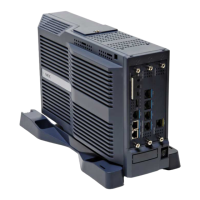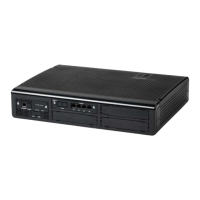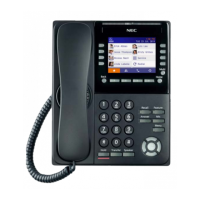3-23
Configuring Your System
Table 3-8. RAID Configurations
Number of
Hard Drives
RAID Level
Configured
Hard Drives
in Array
Description
1 JBOD 1
JBOD (Mylex RAID 7)
JBOD is an acronym
for Just a Bunch Of Disks. Each drive can
operate independently as with a common host
bus adapter; or multiple drives may be
spanned and seen as a single very large drive.
No redundancy is provided.
212
Mirroring (RAID 1)
Drives are paired and
mirrored. All data is 100% duplicated on an
equivalent drive (fully redundant).
353
Striping with Parity (RAID 5)
Data is striped
across several physical drives. Parity
protection is used for data redundancy.
4 or more 5 4 (one
standby drive)
Striping with Parity (RAID 5) with a standby
drive
The array consists of three ON-LINE
drives and one STANDBY drive. The standby
replacement drive, or hot spare, is one of the
most important features RAID provides to
achieve automatic, non-stop service with a
high degree of fault-tolerance.
The DACCF utility is included with the RAID
controller. The DAC960 RAID controller supports
various versions of RAID technology (referred to as
RAID levels). To use any RAID level, you must
configure the RAID controller using the DACCF
configuration utility prior to installing your Network
Operating System. For an explanation of this utility,
refer to the DACCF Utilities Installation Guide and
User Manual that was shipped with the server. Chapter
2 of the manual (Configuration Strategies) describes
RAID technology and provides tips on making your
array perform well in your specific application. Chapter
3 (Preparing the Array) covers array hardware
preparation, configuration, and initialization. After
completing the steps in chapter 3, you can install your
Network Operating System.

